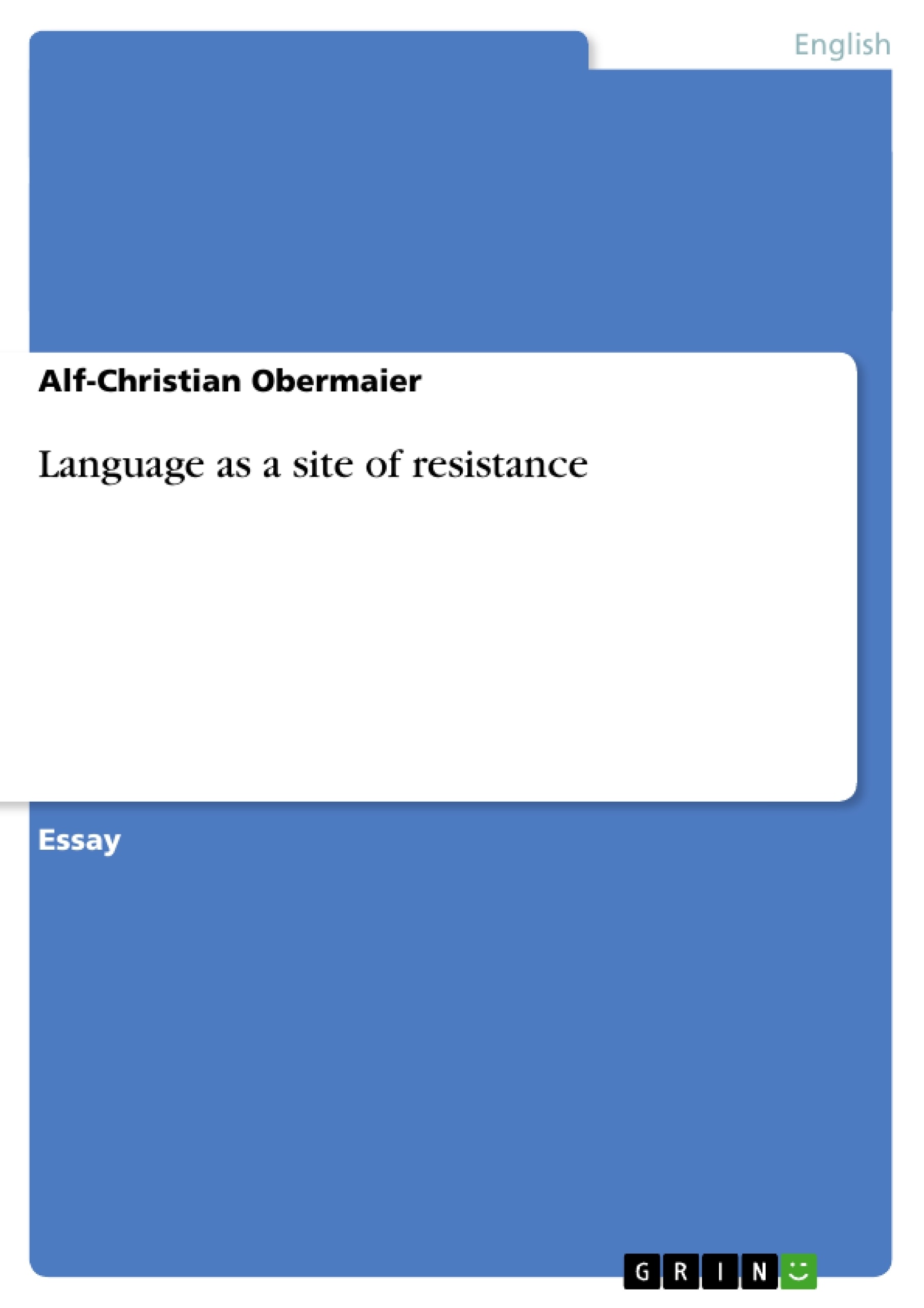In her essay “African Roots and Continuities: Race, Space and the
Poetics of Moving” Marlene Nourbese Philip portrays the Canadian Caribana
festival, first held in 1967 and framed by the Canadian Centennial celebrations,
and its prototype, Trinidadian Carnival. She mainly names two characters;
Maisie and Totoben. Both occur throughout the essay engaged in one thing: the
celebration of Carnival, or later then, Caribana in Toronto.
Philip writes in a “Caribbean demotic of English”, according to her own
words. 1 As she discusses the phenomena of Carnival, this demotic is more
suitable to give an accurate image of its origins. Especially the energy and the
dynamic embedded in Caribana, and earlier Carnival is transported more lively.
“Kinetic qualities” go with the language she calls a Caribbean demotic. These
display the fascination and attraction of the festival, and this first statement
might give a reason for her choice.
She has composed an essay, which also satisfies historical needs. As
she transports the knowledge of a single event’s origin and its transformation
throughout time, the question arises, why Philip did not choose Standard
English to make her argument. This might be expected rather from a political
and historical paper, than from one displaying only cultural aspects. Marlene
Nourbese Philip´s essay can be considered to be a historical essay, since she
connects several stations in ,space and time, in other words, in geography and
history. The connection is implied by her synonymous naming of the main
characters, Maisie and Totoben, who connect the slave-ships to the Carnival
parade in Toronto. 2 [...]
1Philip, Marlene Nourbese: “African Roots and Continuities: Race, Space and the Poetics of
Moving”. A Genealogy of Resistance and Other Essays. Ed. Marlene Nourbese Philip.
Toronto: The Mercury Press, 1997. 202.
2 cf. 207.
Inhaltsverzeichnis (Table of Contents)
- Language as a Site of Resistance
- A Caribbean Demotic of English
- The Origin of Carnival
- Rage as a Sign of Resistance
- The Dynamic of Carnival
- Carnival as a Site of Resistance
- Language as a Living Body
- Creole as a Demotic of English
- Kinopoesis
Zielsetzung und Themenschwerpunkte (Objectives and Key Themes)
The essay "African Roots and Continuities: Race, Space and the Poetics of Moving" by Marlene Nourbese Philip analyzes the Canadian Caribana festival and its origins in the Trinidadian Carnival. The essay explores the historical and cultural significance of Carnival as a site of resistance against colonial rule and oppression.
- The use of Caribbean demotic English as a form of resistance against linguistic hegemony.
- The historical and cultural significance of Carnival as a site of resistance against colonial rule.
- The role of rage and its diverse forms of expression in the context of oppression and discrimination.
- The power of language to create and sustain cultural identities.
- The dynamic relationship between language, space, and time in the context of Caribbean culture.
Zusammenfassung der Kapitel (Chapter Summaries)
The essay examines the historical and cultural context of Carnival as a site of resistance against colonial rule. It traces the origins of Carnival from its roots in 18th century Trinidad to its contemporary manifestation in Toronto. The essay focuses on the characters of Maisie and Totoben, representing the experiences of Caribbean people under colonial rule and their subsequent migration to Canada. It highlights the use of Caribbean demotic English as a means of expressing resistance and reclaiming cultural identity.
Schlüsselwörter (Keywords)
The primary focus of this essay is on Caribbean Canadian literature, specifically the use of language as a site of resistance. Key themes include Carnival, colonialism, postcolonialism, race, space, cultural identity, linguistic hegemony, and the power of language.
- Quote paper
- Alf-Christian Obermaier (Author), 2002, Language as a site of resistance, Munich, GRIN Verlag, https://www.grin.com/document/17931



